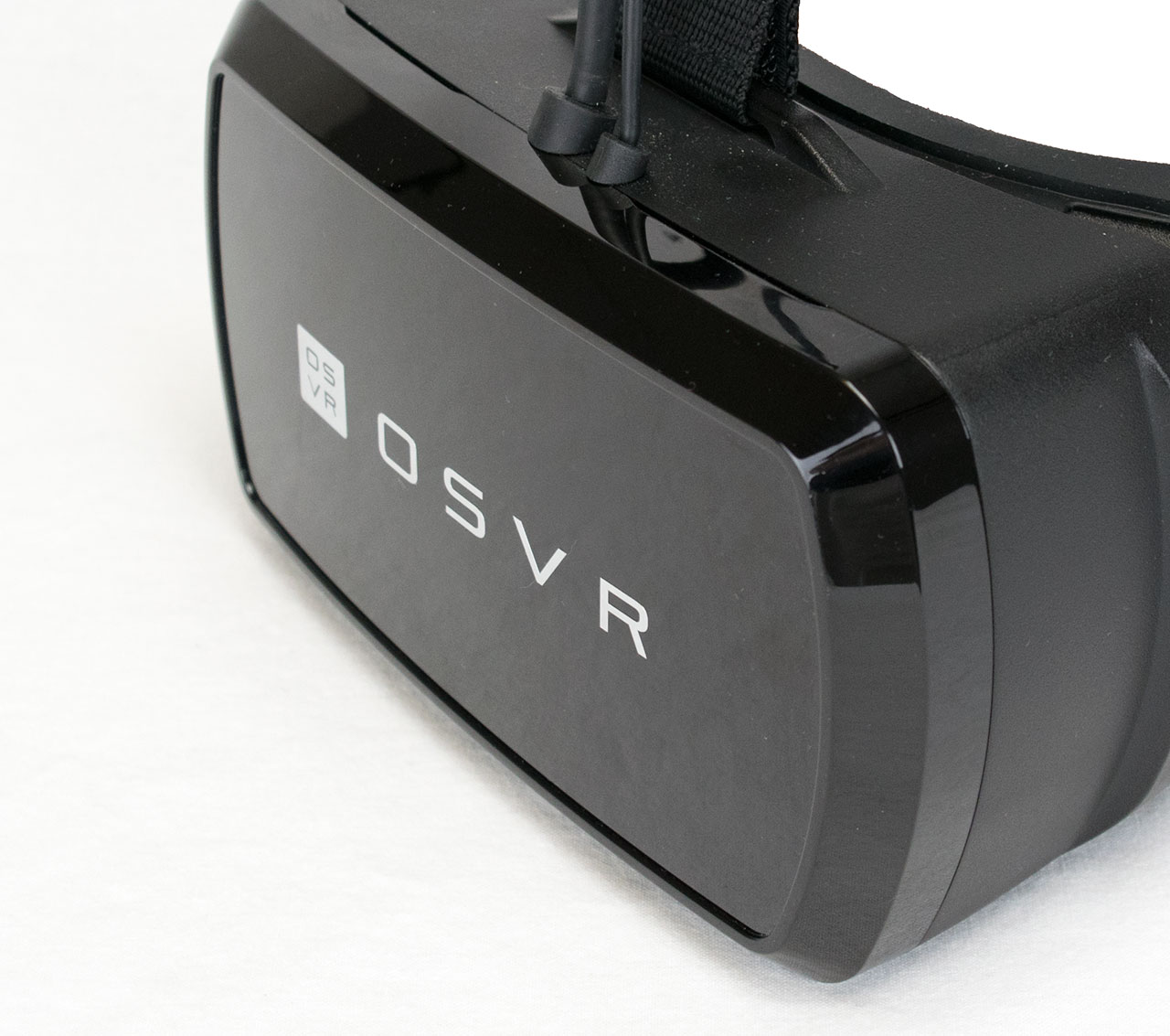OSVR Getting Motion Tracking Via Partnership Polhemus
OSVR needs a tracking solution, and Sensics may now have a solution in place that could open the doors to room-scale tracking for the platform.
The company announced that it forged a partnership with Polhemus to bring electromagnetic motion tracking technology to the Open Source Virtual Reality (OSVR) platform. Polhemus has more than 40 years of experience with electromagnetic tracking systems, and its technology is used in areas including medicine, the military, and “high-tech entertainment.”
“This partnership demonstrates our ongoing commitment to offer enterprise VR customers the widest range of cutting-edge technologies so they can create new experiences with ease,” said Yuval Boger, CEO of Sensics. “For many years, Polhemus has created sensors that support demanding applications and environments. Together we can help customers simplify and accelerate VR innovation without worrying about device-specific APIs.”
Polhemus’s proprietary AC Electromagnetics technology utilizes electromagnetic fields to track objects and people. The system relies on a central electromagnetic emitter that fills the desired space with an electromagnetic dipole field. Polhemus’s proprietary sensors interact with the electromagnetic field to calculate their spatial position with six degrees of freedom (6DoF).
Polhemus’s sensors are small, lightweight, and require limited power to operate, and its AC electromagnetics sensors don’t require line-of-sight. The company said that you could fully embed its sensors inside objects and they would still operate, which makes them ideal for creating trackable devices, objects, and potentially even clothing. Polhemus said its sensors are “perfect for finger and hand tracking.”
“We are excited to integrate into the OSVR platform and thus provide our customers immediate access to all leading engines including Unity, Unreal, CryEngine, WebVR, SteamVR and others,” said Skip Rodgers, President of Polhemus. “Our customers value high-quality, robust tracking systems, and they appreciate options for simple integrations. The use of the open-source OSVR platform enables this with ease. We are excited to join the ever-growing OSVR community.”
Sensics said that Polhemus’s tracking technology is now part of the OSVR software platform. The integration gives OSVR users access to “optimized game engine plugins and compatibility with a very wide range of VR applications.”
Get Tom's Hardware's best news and in-depth reviews, straight to your inbox.
The technology that Polhemus brings to the table is a big benefit to the OSVR platform and its developer headsets. The OSVR HDK2 offers similar visual acuity compared to the HTC Vive and Oculus Rift, but the hardware woefully lacks a capable tracking solution. Sensics didn’t announce an upgraded faceplate for the existing OSVR headset, but with Polhemus’s technology at the ready, it would make sense to use it for the headset’s tracking solution.
Kevin Carbotte is a contributing writer for Tom's Hardware who primarily covers VR and AR hardware. He has been writing for us for more than four years.

